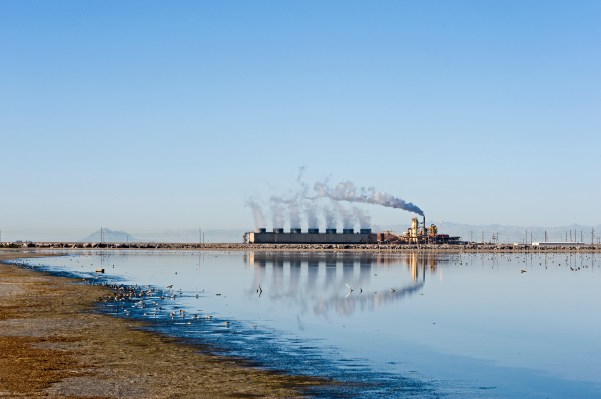Geothermal startup Quaise Energy is raising a new funding round, TechCrunch+ has exclusively learned.
The company filed new paperwork yesterday with the SEC, stating that it had raised $13 million of an expected $25 million.
The new round will be priced, Quaise’s co-founder and CEO, Carlos Araque, told TechCrunch+. The funds will be used to strengthen the company’s supply chain position, he said.
Quaise had previously raised a $52 million Series A in June 2022. TechCrunch+ previously identified the company as one of five promising geothermal startups.
Like most new geothermal startups, Quaise is seeking to tap heat deep inside the earth by drilling boreholes and extracting that heat to the surface using a working fluid. Unlike its peers, though, Quaise is using a new drilling technology derived from plasma physics.
Quaise’s approach couples traditional drilling techniques with gyrotron-generated microwaves. The company will use a mechanical drill to grind through the first layers of earth until the borehole reaches what’s called basement rock, which is some of the planet’s oldest rock. This rock is also incredibly hard and hot, which means it can quickly wear down traditional drilling equipment. Once Quaise reaches that point, it plans to vaporize the basement rock using high-power microwaves.
The company says this combination will allow it to drill to unprecedented depths. Should Quaise reach its target depth of 20 km (12.4 mi), it will be able to access consistent 500°C (932°F) heat nearly anywhere on Earth.
Once on the surface, that heat would have a myriad of uses. Quaise plans to retrofit existing fossil fuel power plants, using the heat from below to spin existing steam turbines. Beyond that, the company could also tackle district heating and industrial processes. According to the National Renewable Energy Lab, 77% of industrial heat demand is below 500°C (932°F).
Quaise is working to make its gyrotron drilling equipment compatible with existing oil and gas rigs. If successful, it would allow the company to quickly scale up by giving it access to a fleet of rigs and a wide range of industry expertise.
The company previously said it intends to begin testing its first full-scale rig next year. It hopes to have its first wells delivering heat in 2026 and its first power plant retrofitted in 2028.
